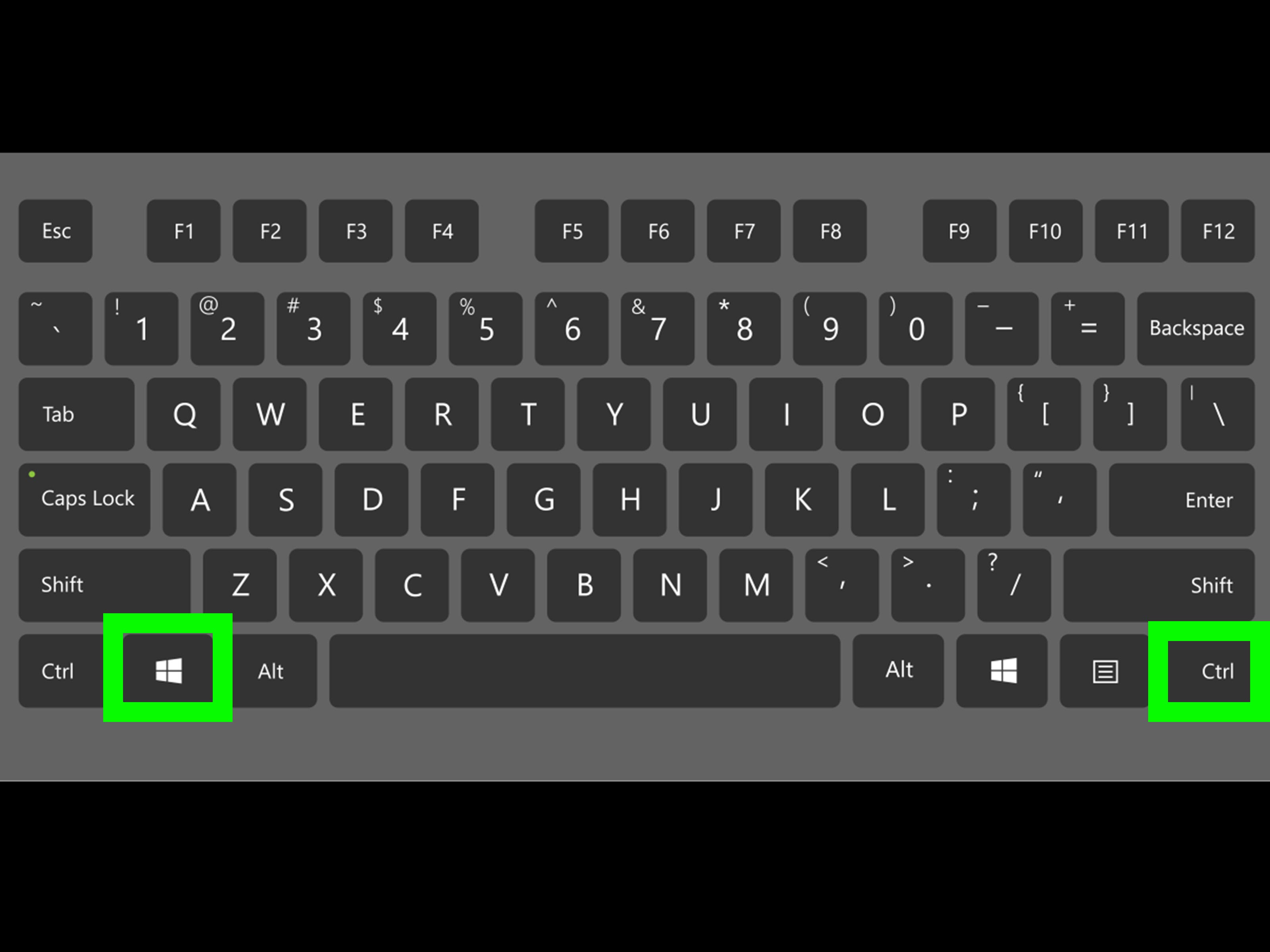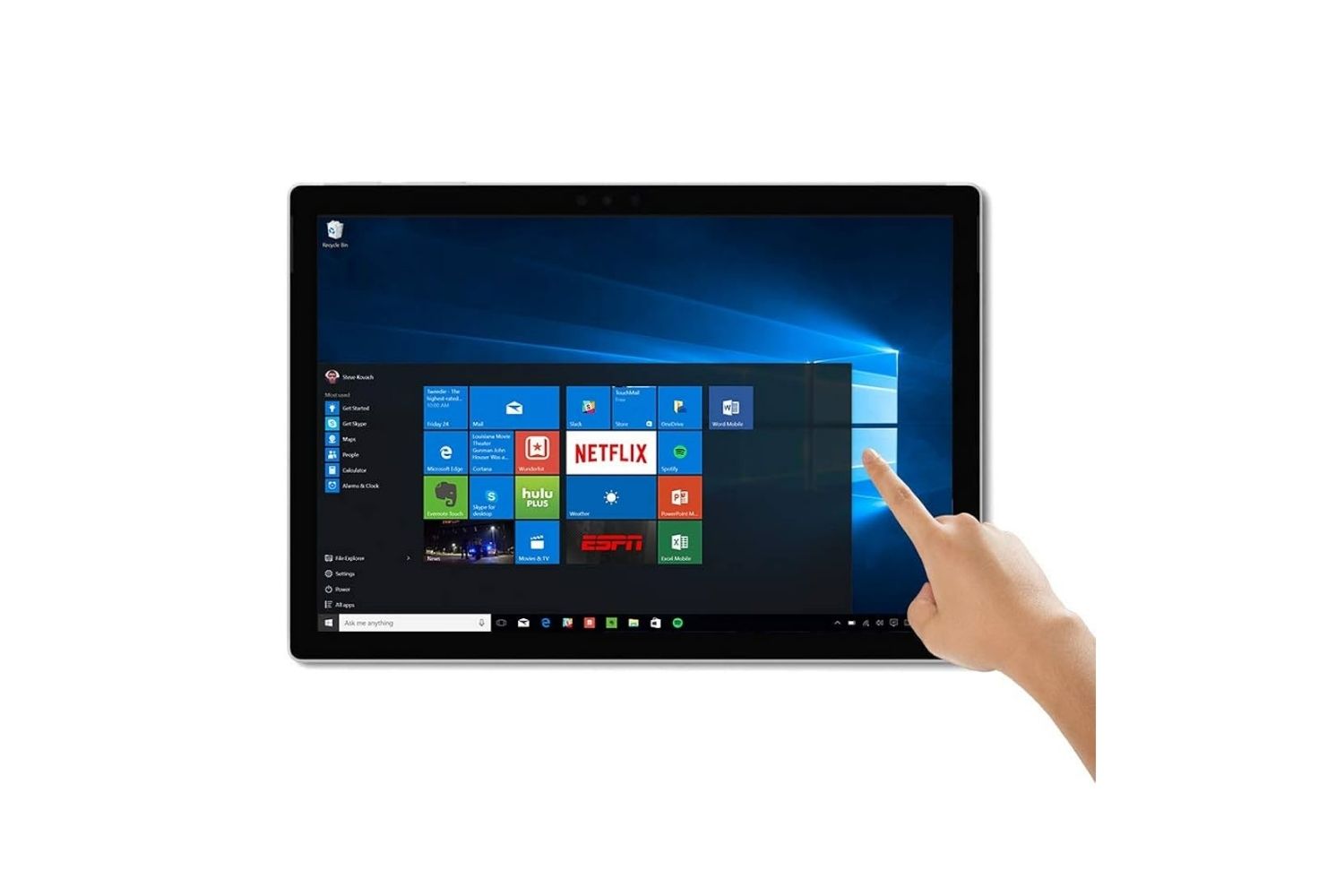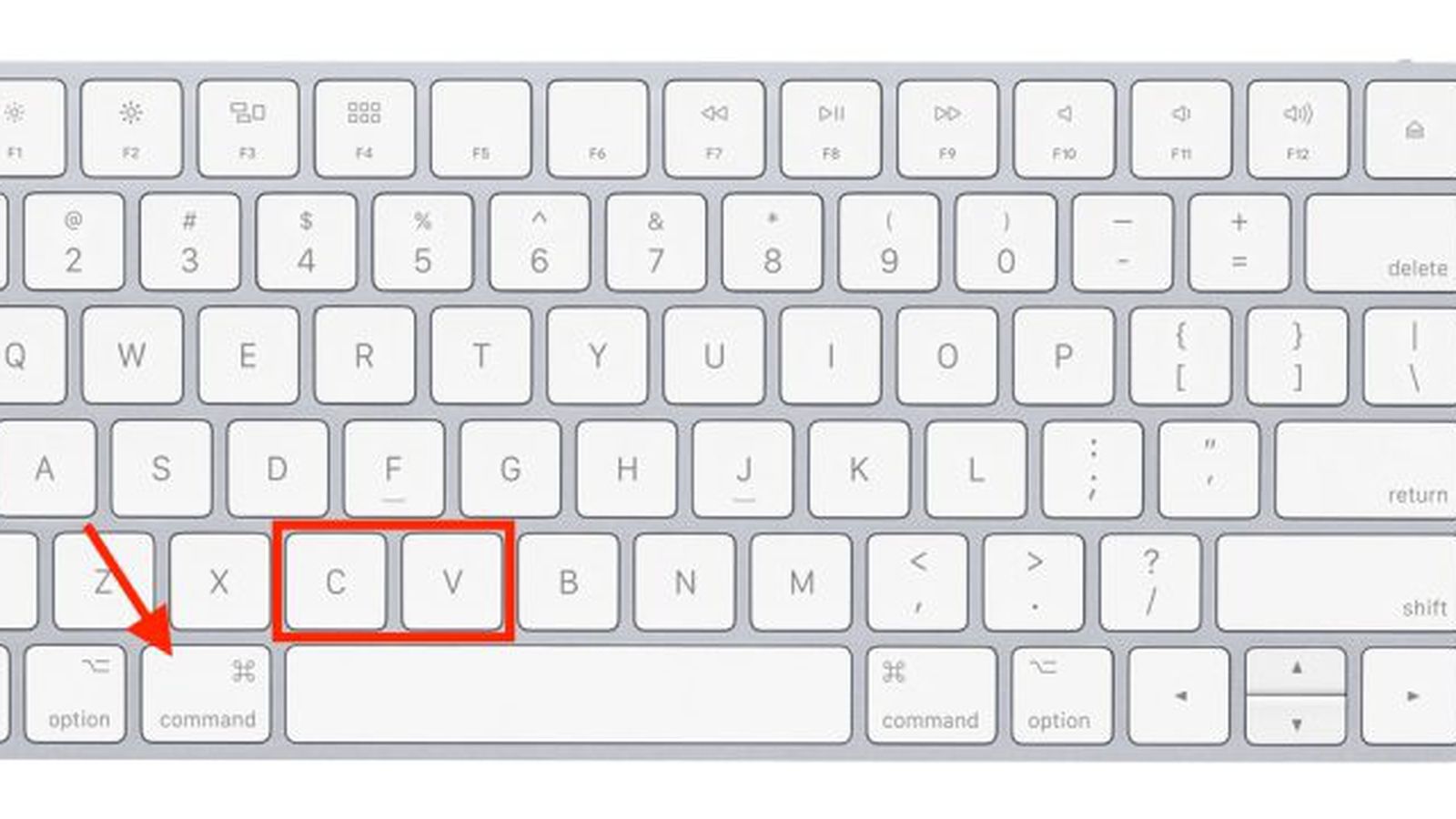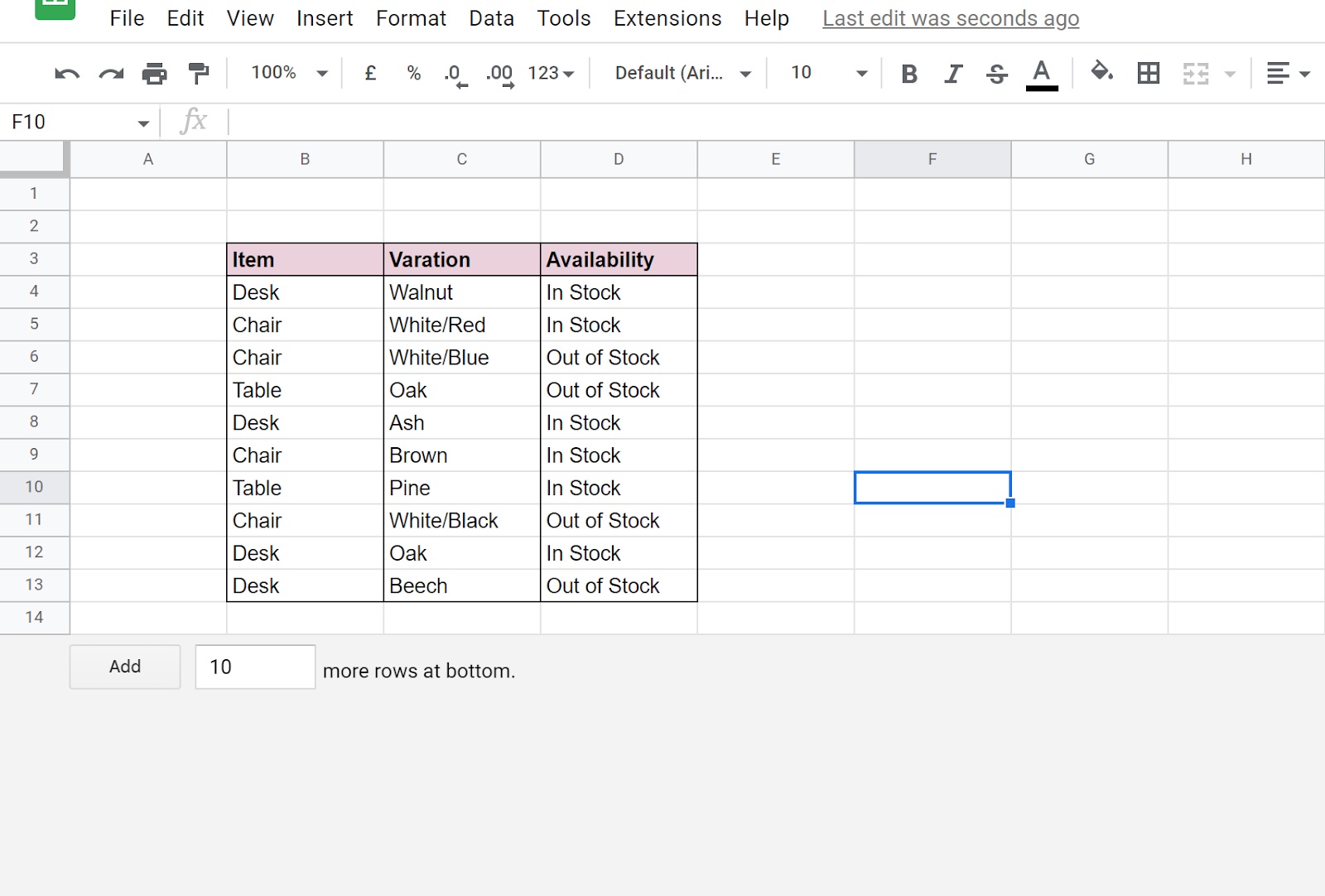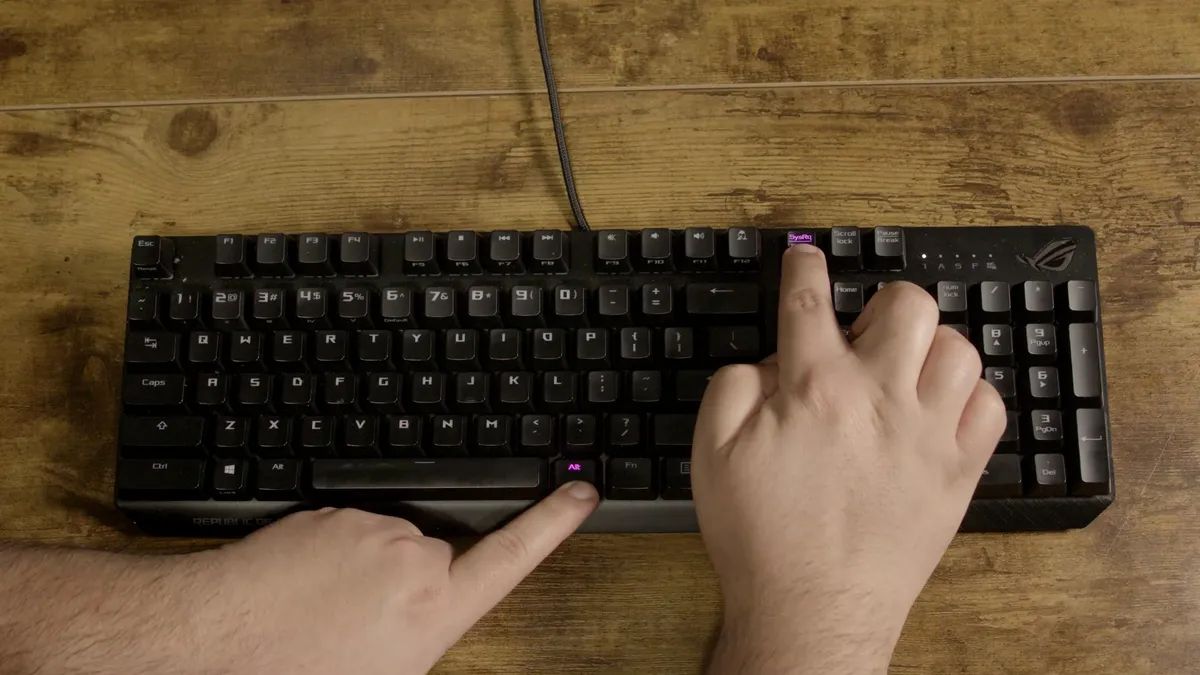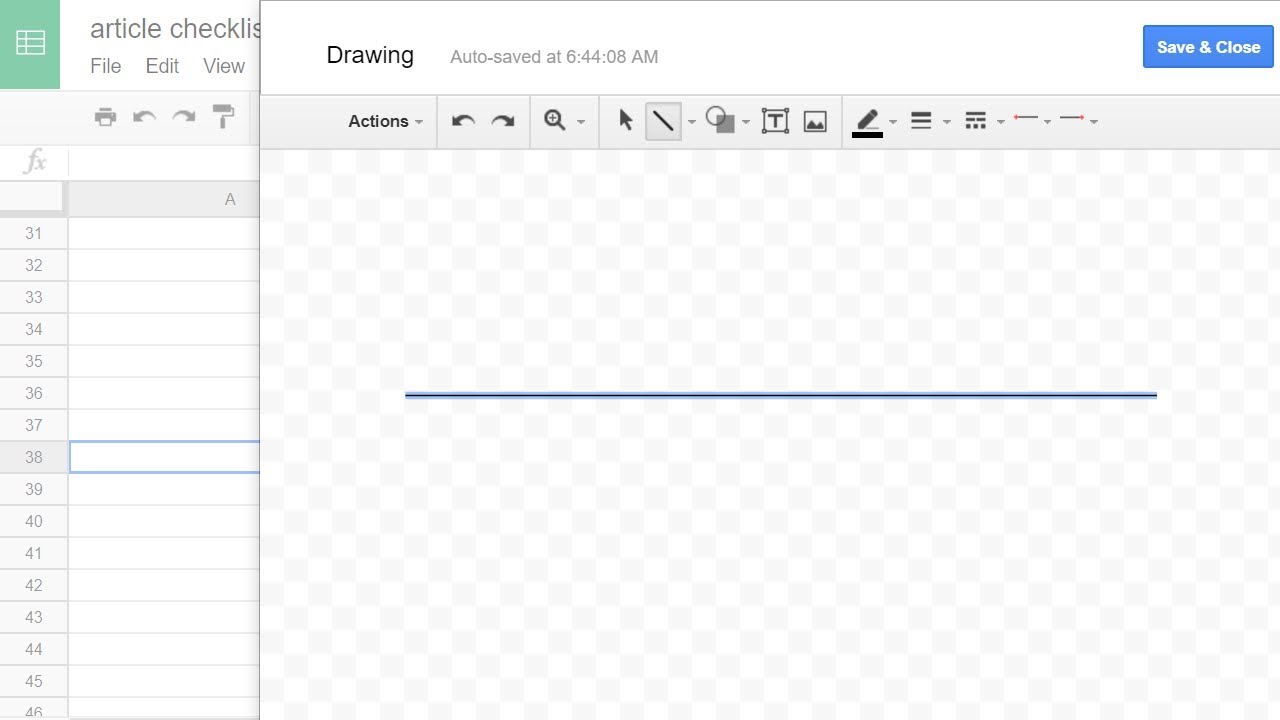Introduction
The ability to right click with a keyboard can be incredibly useful, especially in situations where you don’t have access to a physical mouse or if you simply prefer using keyboard shortcuts. Whether you’re working on a laptop without a touchpad or navigating through a remote desktop session, knowing how to right click with just your keyboard can save you time and effort.
In this article, we’ll explore various methods that allow you to right click using different keyboard shortcuts. These methods work on Windows operating systems and can be used in a wide range of applications and environments.
While the traditional mouse right-click is typically performed by pressing the right button on the mouse, you can achieve the same functionality using your keyboard. The keyboard right click substitutes the mouse action by simulating the right-click behavior through specific key combinations.
Having the ability to right click with a keyboard can streamline your workflow and make certain tasks more efficient. It allows you to access context menus, perform actions such as copying and pasting, and access additional options or settings. Whether you’re a power user, a programmer, or simply someone looking to navigate their computer more effectively, mastering these keyboard shortcuts can greatly enhance your productivity.
In the next sections, we’ll guide you through several techniques to execute a right click using keyboard shortcuts. So, let’s explore these methods and discover how you can right click with just your keyboard.
Method 1: Using the Context Menu Key
One of the easiest ways to right click with a keyboard is by using the context menu key, also known as the application key or the menu key. This key is usually located to the right of the right-hand Windows key or between the right-hand Windows key and the right-hand Ctrl key.
To utilize this method, follow these steps:
- Position the cursor or select the item where you want to perform the right click action.
- Press the context menu key on your keyboard. This will open the context menu, just like a right-click action with a mouse.
- Use the arrow keys to navigate through the context menu options.
- Press Enter to select and execute an option from the context menu.
It’s important to note that this method may not work on all keyboards, especially on laptops or compact keyboards that don’t have a dedicated context menu key. If your keyboard does not have a context menu key, you can try using the Shift + F10 key combination, as we’ll discuss in the next section.
Method 2: Using the Shift + F10 Key Combination
If your keyboard does not have a dedicated context menu key, you can still achieve a right click action using the Shift + F10 key combination. This method works on most Windows keyboards and laptops.
Follow these steps to perform a right click using the Shift + F10 key combination:
- Position the cursor or select the item where you want to perform the right click action.
- Press and hold the Shift key.
- While holding the Shift key, press the F10 key.
By pressing Shift + F10, you will trigger the right-click context menu for the selected item. You can then use the arrow keys to navigate through the available options in the menu and press Enter to select and execute an option.
It’s worth noting that the Shift + F10 key combination is not limited to the desktop environment. It also works in various applications such as file explorers, word processors, web browsers, and more. So, regardless of where you need to perform a right click action, this method should come in handy.
Now that you’re familiar with the Shift + F10 key combination, let’s explore another method that can be used to right click with a keyboard shortcut.
Method 3: Using the Windows Key + X Key Combination
Another convenient method to right click with a keyboard is by using the Windows key + X key combination. This method is specifically applicable to Windows operating systems.
Here’s how to perform a right click using the Windows key + X key combination:
- Position the cursor or select the item where you want to perform the right click action.
- Press the Windows key and hold it down.
- While holding the Windows key, press the X key.
When you press the Windows key + X, a context menu will appear in the bottom left corner of the screen, known as the Win+X menu. This menu provides a list of commonly used system tools and options, allowing you to easily access various settings and functions.
Using the arrow keys, navigate through the options in the Win+X menu and press Enter to select and execute an option. This method is not only useful for performing right click actions, but it also provides quick access to essential system tools, such as the Control Panel, Task Manager, and more.
It’s important to note that the Windows key + X key combination works in most Windows versions, including Windows 10, Windows 8, and Windows 7. However, its functionality may vary slightly depending on the operating system version.
Now that you’re aware of this keyboard shortcut, let’s move on to the next method that can help you right click without a physical mouse.
Method 4: Using the Ctrl + Shift + F10 Key Combination
If the previously mentioned methods are not working for you, or if you’re looking for an alternative, you can try using the Ctrl + Shift + F10 key combination to perform a right click using your keyboard.
To use this method, follow these steps:
- Position the cursor or select the item where you want to perform the right click action.
- Press and hold the Ctrl key.
- While holding the Ctrl key, press and hold the Shift key.
- While holding both the Ctrl and Shift keys, press the F10 key.
By pressing Ctrl + Shift + F10, you will trigger the right-click context menu for the selected item, similar to other right-click methods. From there, you can navigate through the available options using the arrow keys and press Enter to select and execute an option.
This keyboard shortcut is particularly useful when other methods don’t work on specific applications or in certain contexts. It provides an additional way to perform a right click action without using a physical mouse.
However, it’s essential to note that the Ctrl + Shift + F10 key combination may not be universally supported across all applications or keyboards. Therefore, if this method doesn’t work for you, don’t worry. There are still other techniques to try, as we’ll explore in the following sections.
Now that you know how to right click using the Ctrl + Shift + F10 key combination, let’s move on to the next method that can be used as an alternative.
Method 5: Using the Application Key
If your keyboard has an application key, also known as the menu key or the contextual menu key, you can utilize it to perform a right click action. The application key is typically located between the right Alt and right Ctrl keys on most keyboards.
Here’s how you can right click using the application key:
- Position the cursor or select the item where you want to perform the right click action.
- Press the application key on your keyboard. It resembles a menu or a small dropdown icon.
By pressing the application key, you will invoke the context menu for the selected item, just like a traditional right click with a mouse. You can then use the arrow keys to navigate through the options in the context menu, and press Enter to select and execute an option.
The application key is a convenient option if your keyboard has it. However, it’s important to note that not all keyboards include this key, especially compact keyboards or laptop keyboards that may not have dedicated function keys.
If your keyboard doesn’t have an application key, don’t worry. There are still alternative methods to right click with a keyboard, as we’ll discuss in the next section.
Now that you’re familiar with using the application key for right-click functionality, let’s move on to the final method we’ll cover in this article.
Method 6: Using the Function (Fn) Key
For laptops and some keyboards, the function (Fn) key in combination with other keys can be used to simulate a right click action. The function key is usually located in the bottom left or bottom right corner of a laptop keyboard, marked by “Fn” or a similar abbreviation.
Follow these steps to perform a right click using the function (Fn) key:
- Position the cursor or select the item where you want to perform the right click action.
- Press and hold the Fn key.
- While holding the Fn key, locate and press the specific key labeled with a secondary right click icon or the word “Menu”. This key varies depending on the laptop brand and model.
By pressing the function (Fn) key along with the designated key, you will trigger the right-click context menu for the selected item. From there, you can navigate through the options using the arrow keys and press Enter to select and execute an option.
It’s important to note that the exact key combination may vary depending on your laptop or keyboard model. Some laptops may have dedicated buttons for right click emulation, while others may require using a combination of keys like Fn and one of the F-keys.
If you’re unsure about the specific key combination on your laptop, refer to the keyboard’s user manual or check the vendor’s website for guidance.
Now that you know how to use the function (Fn) key for right-click functionality, you have a variety of options to perform a right click action using just your keyboard. Choose the method that works best for your specific keyboard or laptop configuration.
In the next section, we’ll wrap up our discussion and summarize the different methods we explored.
Conclusion
In this article, we have explored various methods for right clicking with a keyboard. These methods offer alternatives for those who may not have access to a physical mouse or prefer to use keyboard shortcuts for efficiency.
We began by discussing the use of the context menu key (or application key) to simulate a right click. This key can be found on many keyboards and provides a convenient way to access context menus and perform right click actions.
We then covered the Shift + F10 key combination as an alternative for keyboards that lack a dedicated context menu key. This keyboard shortcut is widely supported and can be used in various applications and environments.
The Windows key + X key combination was the next method we explored. This shortcut brings up the Win+X menu, which not only allows for a right click action but also provides quick access to essential system tools and options.
For situations where previous methods do not work, we discussed the use of the Ctrl + Shift + F10 key combination. Although this method may not be universally supported, it can serve as a viable solution in specific contexts.
We also mentioned the application key as another option for performing a right click. However, it’s important to note that not all keyboards have this key, especially smaller, compact keyboards.
Lastly, for laptop users, we explored the use of the function (Fn) key in combination with other keys to simulate a right click action. This method is specific to laptops and may vary depending on the brand and model.
By mastering these keyboard shortcuts, you can navigate your computer, access context menus, and perform right click actions more efficiently. Whether you’re working on a laptop, a desktop, or remotely accessing a machine, these methods provide flexibility and convenience.
Remember, each method may have its own requirements and compatibility, so it’s essential to find the one that works best for your specific setup. Experiment with these methods and find the one that suits your needs and preferences.
So next time you find yourself without a physical mouse or simply want to speed up your workflow, don’t worry. With the knowledge of these keyboard shortcuts, you can right click with ease and efficiency.







